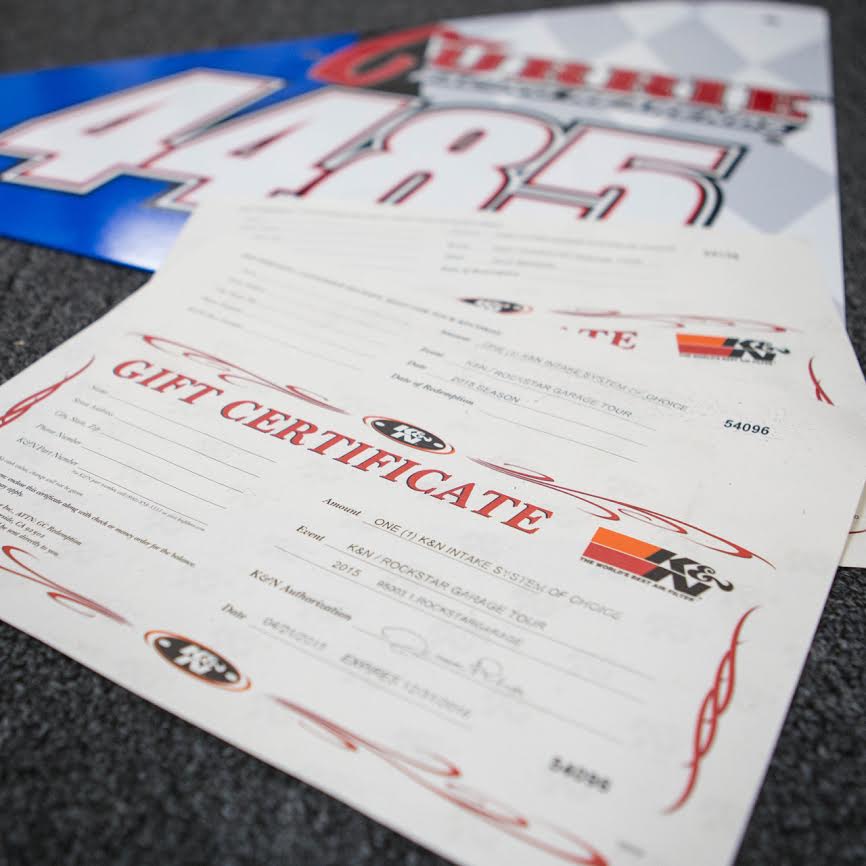

Nevertheless, the restrictions on the poles and zeros in Eqs. The plant poles are governed by p z = e p i T, where p s and p z are the s-domain and z-domain poles, respectively, and can be canceled with RHP zeros. This yields only RHP zeros because a is almost always smaller than c. For example, bilinear transformation of the term ( s+ a) gives, as seen from Eqs.

In addition, the locations of the controller poles and zeros are often restricted to subsets of the unit circle. Obtaining digital controllers from analog designs involves approximation that may result in significant controller distortion. Sami Fadali, Antonio Visioli, in Digital Control Engineering (Third Edition), 2020 6.4 Direct z-domain digital controller design In practice, design is an iterative process where the approximate results from the second-order approximation are checked and, if necessary, the design is repeated until satisfactory results are obtained. The designer must always be alert to errors that this simplification may cause. (5.7) through (5.9) are still used in design.

Yet, for simplicity, the second-order Eq. For a higher-order system or a system with a zero, this is usually not the case. Note that the settling time of the system does not change in this case when the gain is increased.

The designer must always remember this when selecting design specifications so as to avoid overoptimizing some design criteria at the expense of others. The time response for a gain of 10 is shown in Fig. 5.2B.Įxample 5.2 illustrates an important feature of design-namely, that it typically involves a compromise between conflicting requirements. Thus, the chosen gain must be a compromise value that is large enough for a low steady-state error and an acceptable speed of response but small enough to avoid excessive oscillations. In addition, increasing K increases the undamped natural frequency ω n (i.e., the magnitude of the pole), and hence the speed of response of the system increases. Use of the root locus in the design of a second-order system. Also, the tuning parameters of the FOPID K p, K i, K D, λ, and δ are equal, as illustrated in Table 9.įigure 5.2. This means that the change of the performance indices has no influence on the tuning process. The time responses of height of the car body ( X or d1), height of the tire body ( Y or d2), and deflection ( X– Y or d1– d2) as shown in Fig. The simulation result shows that the FOPID has IAE, ISE, and ITAE error criteria that are noticeably lower than the same values for the case of AWPSO-PID. In this part, Model 2 of the car active suspension system has been verified with the FOPID tuning based on GA controller using five variables K p, K i, K D, λ, and δ. On the other hand, the time response of the car body height ( X) has a small percentage overshoot in the case of the ITAE tuning index compared with the other two indices IAE and ISE. The time response of the deflection ( X– Y ) yields a small percentage overshoot in the case of applying the ITAE tuning performance index compared with the other two indices IAE and ISE. The model was tested with the PI controller, but it did not yield good results. In addition, in the case of AWPSO, the minimum settling time and overshoot have been achieved with the ITAE performance index. However, in the case of conventional PID with Zeigler and Nichols, it is about 4 s. In the case of AWPSO, the settling time for IAE, ISE, and ITAE performance indices is less than 1.5 s. The simulation results using the AWPSO algorithm are better than the simulation results where the PID controller has been tuned with the Zeigler and Nichols approach ( Aboelela et al., 2015b). The obtained results of applying the PID and FOPID controllers on the car active suspension system can be summarized as follows. Aboelela, Rania Helmy Mansour Hennas, in Fractional Order Systems, 2018 7.4 Summary for Model 2 Simulation


 0 kommentar(er)
0 kommentar(er)
